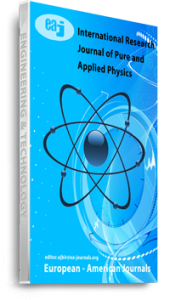This paper presents the nuclear matter test of seven variational effective interactions derived on the basis of lowest order constrained variational approach (LOCV). Three of these effective interactions, derived from the matrix elements of the Reid93 potential and named N3Y-Fetal, N’3Y-Fetal and N∗3Y-Fetal based on nuclear systems A = 16, 40 and 90 respectively, are primarily studied and compared with the first set of four effective interactions, derived from the matrix elements of the Reid68, consisting of the B3Y-Fetal, B′3Y-Fetal, B∗3Y-Fetal and B†3Y-Fetal effective interactions based on nuclear systems A = 16, 24, 40 and 90 respectively. The results of this study have revealed that the binding energies EA0 = -8.6, -12.3 and -7.7 MeV of the cold symmetric nuclear matter (SNM) respectively produced by N3Y-Fetal, N′3Y-Fetal and N∗3Y-Fetal effective interactions at the saturation density, ρ0 = 0.17fm−3 clearly reflect their mass dependence, but do not satisfy the saturation condition, EA0= -16.0±1 MeV, meaning they have failed to reproduce the saturation properties of nuclear matter. Comparing these effective interactions with the B3Y-Fetal, B′3Y-Fetal, B∗3Y-Fetal and B†3Y-Fetal effective interactions with the binding energies, EA0 = -15.2, -14.5, -11.2 and -8.2 MeV respectively for SNM at the saturation density, the findings of this study have established the B3Y-Fetal, out of the seven variational effective interactions presented herein, as the most viable with the highest predictive power, followed by the B’3Y-Fetal effective interaction. Following this, a review of the performance of the B3Y-Fetal effective interaction in nuclear matter and nuclear reactions in its DDM3Yn, BDM3Yn and CDM3Yn density dependences, leading to the presentation of the new B3Y-Fetal-based CDM3Y-K parametrizations and the DDB3Y1-Fetal and BDB3Y1-Fetal curves of equation of state in this work, has so far shown it to be in excellent agreement with the M3Y-Reid and M3Y-Paris effective interactions. These findings indicate the possibility of its successful application in α-nucleus elastic scattering, nuclear fusion, α- and cluster-radioactive decay in future research efforts
Keywords: Interactions, matter, nuclear, test of variational

